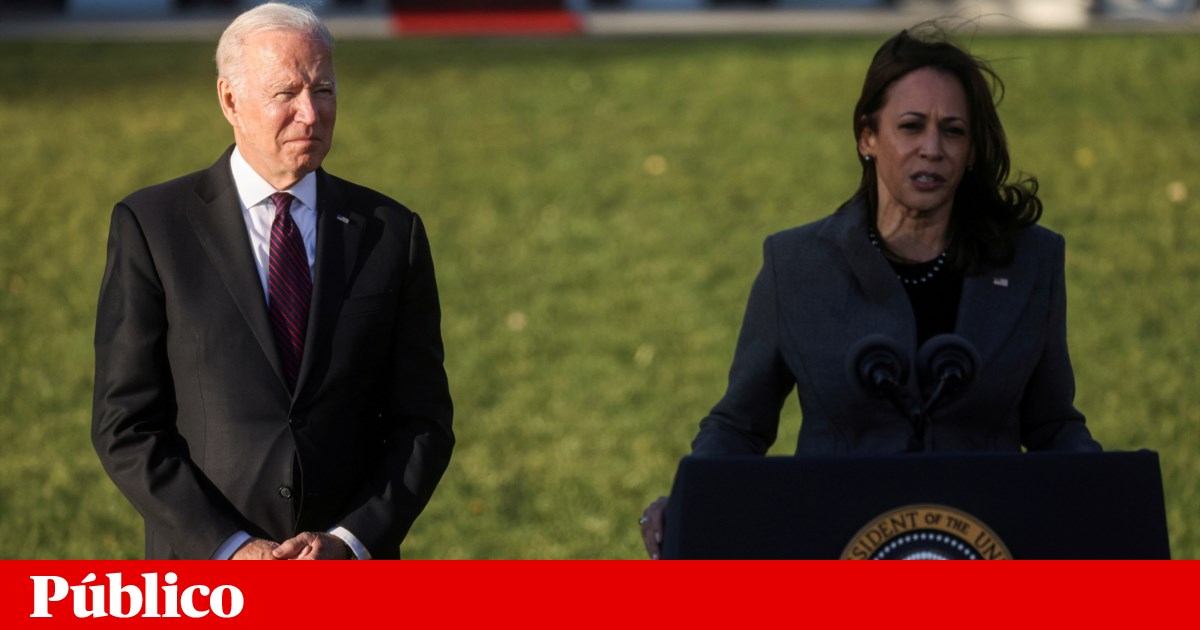Kamala Harris, the first woman elected to the position of Vice President of the United States, is also, as of Friday, the first woman to assume the powers of the US presidency. The transfer took 90 minutes while President Joe Biden underwent a colonoscopy.
Although not an unprecedented event, this is only the fourth time in US history that a president has temporarily relinquished his powers to the number one line of succession. In all cases, the transfer served to prevent the possible consequences of anesthesia for the colonoscopy procedure.
But the fact that Harris is the first woman to hold the presidency of the United States makes the occasion special.
Biden, who celebrates his 79th birthday on Saturday, was admitted to Walter Reed Hospital Friday morning for a routine check-up — the first since a summary of his health was released in December 2019, during the November 2020 presidential election campaign. .
At the time, his doctor, Kevin O’Connor, said Biden was “a healthy, energetic 77-year-old man.”
As provided by the Twenty-fifth Amendment to the United States Constitution Biden sent a letter to House Speaker Nancy Pelosi and current Senate President Patrick Leahy to let them know that he was transferring his powers to Kamala Harris.
For all intents and purposes, Harris was the US president in office for 90 minutes between 10:00 and 11:30 a.m. Friday. After the tests, Biden contacted Harris and White House chief of staff, Ron Klein, and regained his presidential powers.
The first president of the United States to demand the 25th Amendment because of temporary disability It was Ronald Reagan, in July 1983 . The then Vice President, George Bush, assumed the powers of the presidency for an eight-hour period.
After that, President George W. Bush only had to temporarily relinquish his powers on two occasions – first in 2002 and then in 2007. Altogether, Vice President Dick Cheney served as acting president in four hours and 30 minutes.
For other reasons, the 25th Amendment to the Constitution has been invoked on three occasions, all in Richard Nixon’s second term. In 1973, the then-leader of the House of Representatives, Gerald Ford, was promoted to Vice President after Spiro Agnew’s resignation; A year later, Ford assumed the presidency following Nixon’s resignation and was replaced by Nelson Rockefeller as Vice President.


